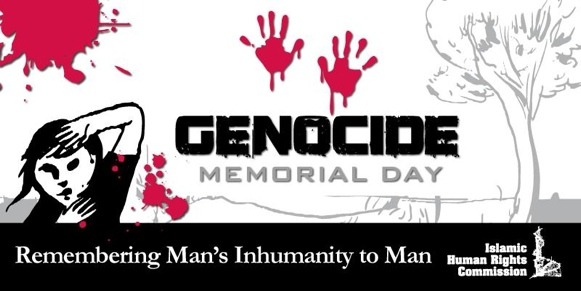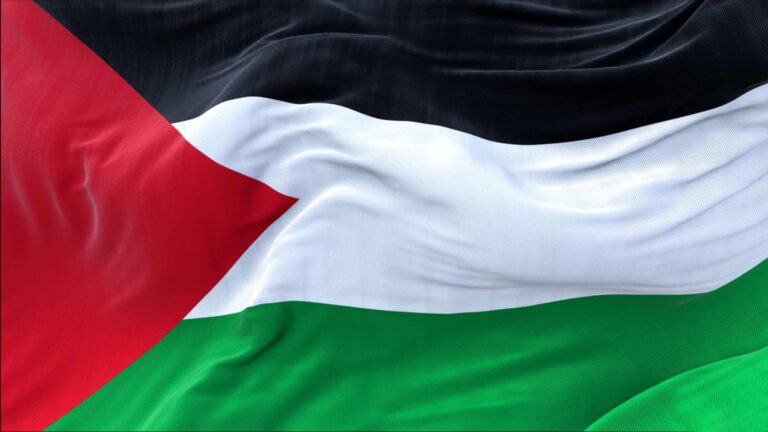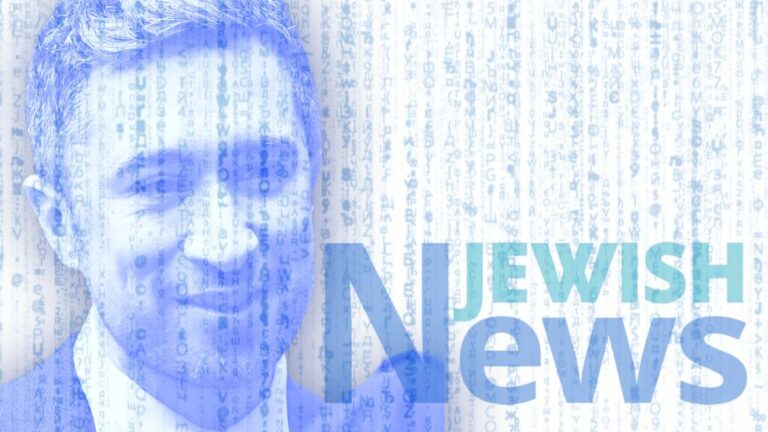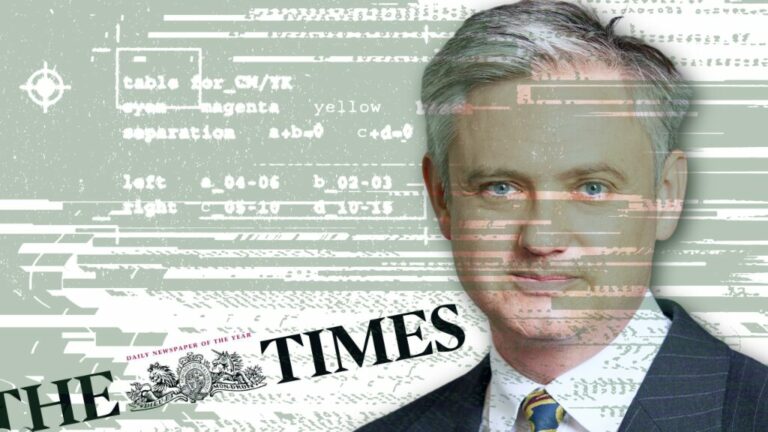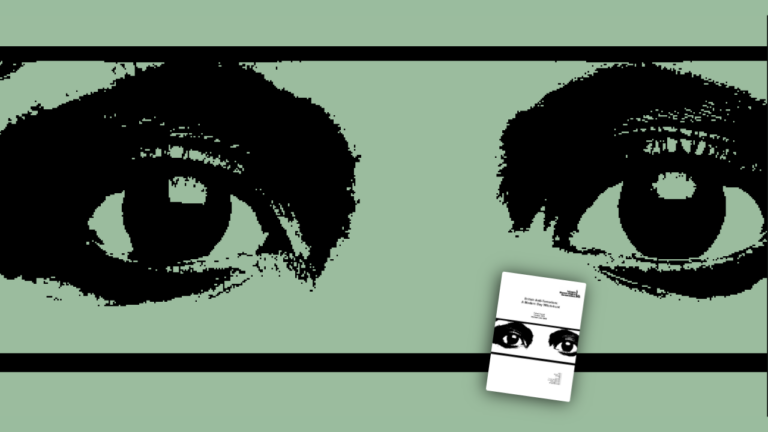New Lesson Plans added! (24 August 2020).
Please refer back for updates and new lesson plans and resources.
GMD school resources are designed to introduce the topic of genocide, the causes of genocide and genocide prevention, in various subjects including history, politics and government, English literature, citizenship, civics, sociology, PSHE and religious education.
The lesson plans are listed according to age groups, and some cut across ages. Please send us any requests or feedback to gmd[AT]ihrc.org.
Lesson Plans for Ages 4 – 7
These plans aim to introduce topics like equality, discrimination, justice, empathy and identity.
My Name is Not Refugee by Kate Milner
Aim / learning intention: To learn about the current refugee crisis; to learn about past refugee crises; to introduce the idea of involuntary transfer; to understand the importance of everyone’s name to their identity; to encourage empathy with refugees past and present.
Visit the lesson plan page or download the PDF.
The Parrot and the Merchant by Marjan Vafian
Aim / learning intention: To learn about freedom; to question our decisions and thinking about ‘others’; to learn about the ideas of ‘false’ borders.
Visit the lesson plan page or download the PDF.
This is Our House by Michael Rosen and Bob Graham
Aim / learning intention: To learn about discrimination and what it means; to identify different types of discrimination; to stand up to discrimination; to show solidarity; to raise awareness about discrimination.
Visit the lesson plan page or download the PDF.
Lesson Plans for Ages 8 – 11
This is a presentation, listing genocides and genocidal acts that can be used as part of an assembly or even in class for ages 10+. The presentation lists the different acts of genocide that have taken place over the years and is an eye-opening experience for students. Complete with figures, the presentation is certainly essential viewing and easy to understand.
Visit the lesson plan page or download the PPTX or PDF.
Rose Blanche by Roberto Innocenti and Ian McEwan
Aim / learning intention: To learn about the Holocaust; to learn about how ordinary people can both be accomplices with oppressive regimes and genocidal acts, as well as oppose both in whatever way they can; to have confidence in standing up for what is right; to think about the type of narratives used to justify genocidal programmes.
Go to the lesson plan page or download the PDF.
The Parrot and the Merchant by Marjan Vafian
Aim / learning intention: To learn about freedom; to question our decisions and thinking about ‘others’; to learn about the ideas of ‘false’ borders.
Visit the lesson plan page or download the PDF.
This is Our House by Michael Rosen and Bob Graham
Aim / learning intention: To learn about discrimination and what it means; to identify different types of discrimination; to stand up to discrimination; to show solidarity; to raise awareness about discrimination.
Visit the lesson plan page or download the PDF.
Lesson Plans for Ages 12 – 15
NEW How can you give a human being a number?
This 2 minute video with questions uses a 2 minute clip of a conversation between a survivor of the Bosnian genocide and a student from the UK.
Learning outcomes: To learn about dehumanisation; to learn specific details about the Srebrenica massacre; to understand the importance of the act of genocide rather than the numbers killed.
Visit the lesson plan page.
GMD Quiz & Lesson Plan on Genocide
This lesson plan features a quiz, team work, class discussion and individual activity.
Learning objective: By the end of this lesson, students should be able to: Explain what genocide is; identify genocides of the 20th Century; think critically about the responsibility of the international community in preventing genocide; explain key events in history of the genocide that you have chosen to discuss.
Go to the lesson plan page or download the PPT or PDF, and the teaching notes PDF.
Learning about interpretations of history: What is Historiography?
This is a multi-layered stand alone lesson of 1 hour, including a 20 minute video. Suitable for History, Citizenship, Civics.
Learning outcomes: To understand about interpretations of history; to learn the word historiography; to understand some of the factors that influence interpretations of history.
Go to the lesson plan page or download the PDF presentation and Instructor’s Manual PDF.
Lesson Plans for Ages 14 – 18
NEW Concentration camps in Europe again.
This approx. 3 minute video with questions uses a 2 minute clip of a conversation between a survivor of the Bosnian genocide and a student from the UK.
Learning outcomes: To learn about concentration camps; to think more about concentration camps and what had happens in them in different settings; to learn about the camps in Bosnia.
Visit the lesson plan page.
A flexible lesson using a 15 minute spoken word performance (video provided) to discuss reframing language and understanding the ongoing legacy of the Transatlantic slave trade (possible lessons English Language and Literature, History, Drama, Sociology).
Learning Outcomes: To understand about interpretations of history; to learn the word historiography; to understand some of the factors that influence interpretations of history.
Go to the lesson plan page or download the PDF with teacher notes.
Remembering the Genocide in Bosnia
Two lessons on the Genocide in Bosnia (including a 5 minute video), covering History, Law, Politics, PSHE, RE and Citizenship strands.
Learning outcomes: To learn about and critically evaluate restorative justice; to learn about the scale of genocide in Bosnia.
Go to the lesson plan page or download the PDF.
Each lesson is self-contained and can be used individually or as part of the whole course (possible lessons History, Sociology, Politics, Citizenship, Civics).
Go to the course page or download the PPTs and PDF instructor manuals below.
-
- Lesson One – An Introduction to Genocide PPTand PDF
- Lesson Two – Genocide through Colonialism PPT and PDF
- Lesson Three – Genocide through Enslavement PPT and PDF
- Lesson Four – Colonialism and Genocide PPT and PDF
- Lesson Five – The Holocaust and Eugenics PPT and PDF
- Lesson Six – Different types of Genocide PPT and PDF
Each lesson is self-contained and can be used individually or together (possible lessons History, Sociology, Politics, Citizenship, Civics).
Go to the lesson plans’ page or download the PPTs and PDF instructor manuals below.
Remembering the Genocide in Bosnia
Two lessons on the Genocide in Bosnia, covering History, Law, Politics, PSHE, RE and Citizenship strands.
Learning outcomes: To learn about and critically evaluate restorative justice; to learn about the scale of genocide in Bosnia.
Go to the lesson plan page or download the PDF here.
GMD Animation for ages 8 – 18
Genocide Memorial Day – The Children
This minute long clip provides a quick explanation of the concept of ‘genocide’ and can be used as an introduction or starting point in a lesson.

